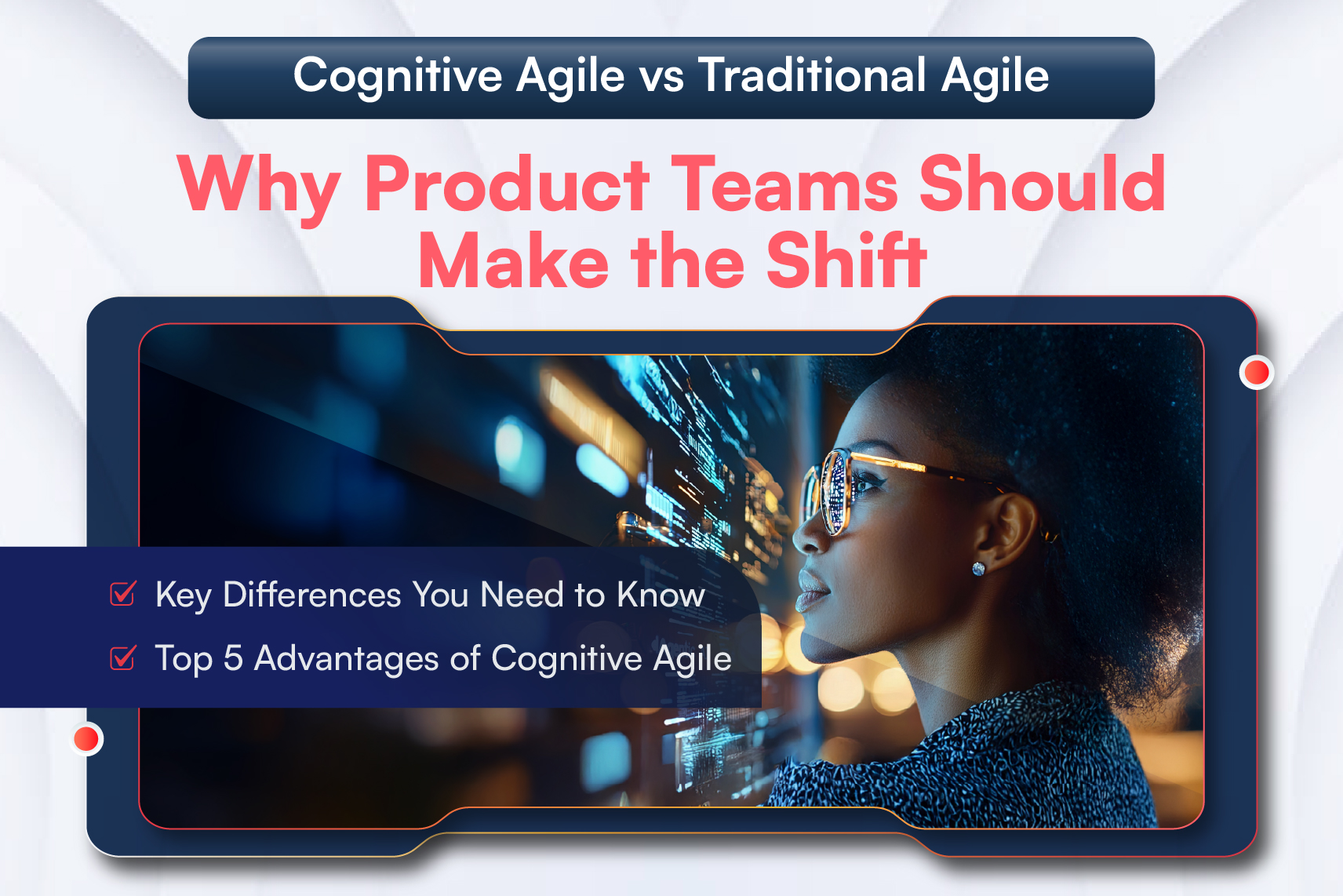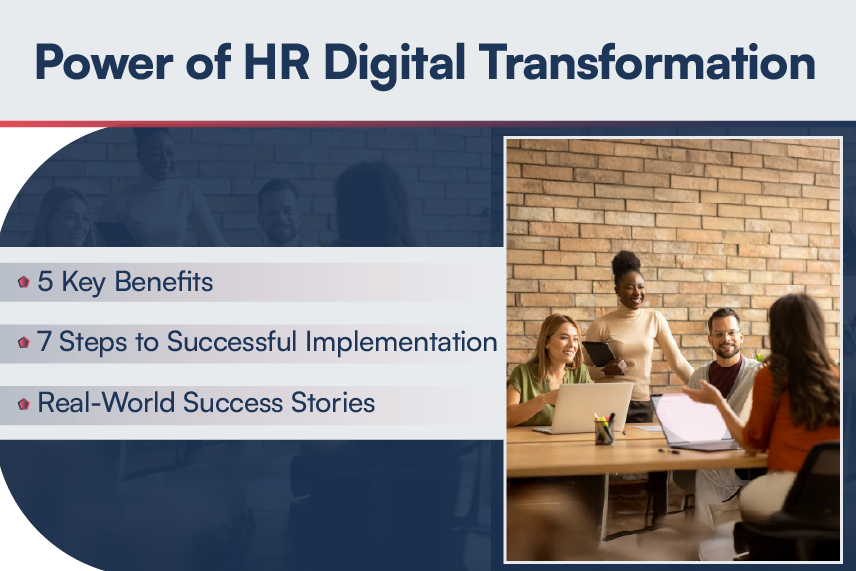You probably have heard a lot about Augmented Reality (AR) and how it helps to create highly engaging, interactive and meaningful learning experiences for users. If you haven’t, you can go through my earlier blog – Augmented Reality for Learning – Digging Deeper. This is something that will interest you especially if you are related to learning, development or education in any way. The blog also lists some use cases and interesting examples of using AR for learning.
In this blog, I am going to share niceties about an innovative brochure created by our team at Harbinger, using AR technology. This brochure gives readers information, demos and deeper insight into Harbinger’s learning solutions and competencies, in a stunningly interactive way.
Why a brochure in the first place?
Conventionally, chances of grabbing reader’s attention with a short and visually appealing printed material are higher than an email or a web link. Our team at Harbinger follows a culture for innovation. Hence, instead of creating a plain brochure, we thought of bringing it alive using AR. The idea was to create an immersive experience for readers, who can explore different sections of the brochure in a stimulating way.
Like to see how this brochure works?
Anyone with access to Harbinger AR app and the brochure can experience the unique AR interactivities. You can also watch this short video that demonstrates how the brochure works.
How did we do it?
We developed this interactive brochure with a modular framework called Metaio SDK. The broad process we followed was:
- Conceptualizing the brochure
- Developing AR image marker with Metaio SDK
- Printing the brochure with AR marker image
- Integrating interactive assets with the Harbinger AR app
- Publishing the app on the App Store
And the outcome?
With this brochure, we have been demonstrating our pioneering capabilities of AR based learning solutions at client meetings and conferences. It has proved to be an icebreaker for conversations, and centerpiece to maintaining reader’s attention.
As a next step, we worked on couple of more AR projects for our clients. These clients have had very encouraging feedback from their customers and learners.
What are your thoughts on this brochure and experiences of using AR for learning?
I would love to hear from you!






